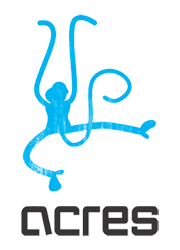By welfare we mean the well-being of the animals. Are their needs being met- their physical, behavioural, social and emotional needs? Do they have an environment that allows them to act like wild animals? Are there any signs that they may be suffering?
At the end of a Zoo Survey, we can pinpoint any welfare concerns for those animals we have looked at, and suggest ways that the welfare of these animals can be improved, for example by improving their enclosures or moving them to new enclosures, or improving the husbandry practices- i.e. the way that they are cared for.
Sometimes we look at all of the animals at a zoo, whilst at other times we focus on certain groups of animals. Often we need to focus on certain animals due to time and resources constraints, so we usually focus on elephants, big cats, bears and apes, as these are some of the animals, according to the The International Academy of Animal Welfare Sciences, that should be given priority. It’s not that we think that certain animals are more important than others. It’s just that both we and the zoos themselves have limited resources and can’t focus on all of the animals at one time, so we need to start with those animals who will probably suffer the most if their welfare is being compromised and improve things for them, before moving on to improving the welfare of all the other animals. Of course, wherever it is possible, we work towards improving the welfare of all the animals as soon as possible.



 break;
break;
break;
break;
